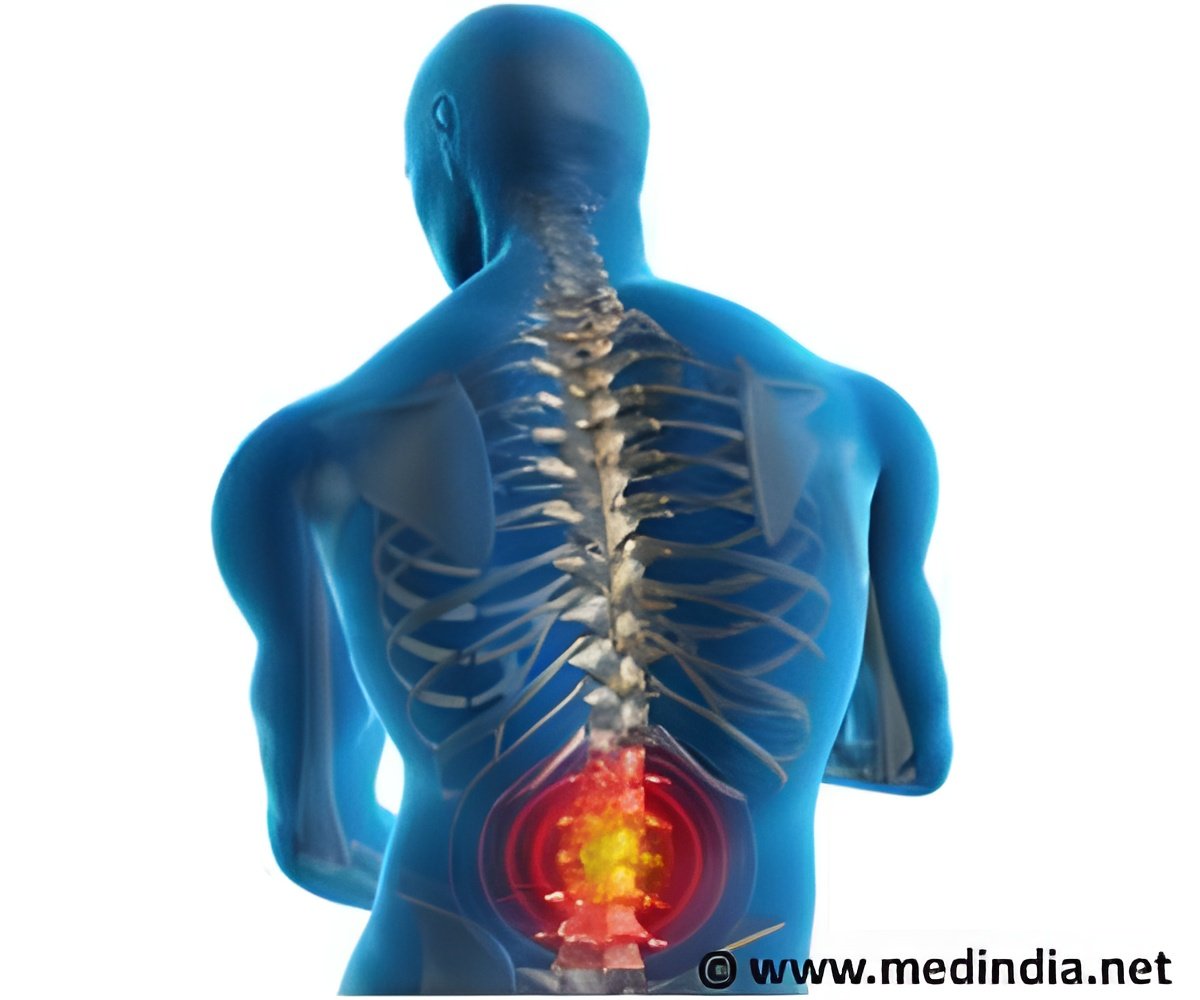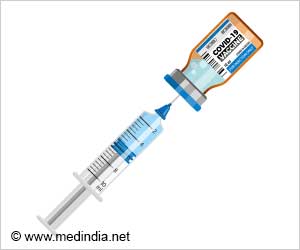Combining non-steroidal anti-inflammatory drugs (NSAIDs) with tumor necrosis factor (TNF) inhibitors may reduce radiographic progression in ankylosing spondylitis, according to the European League against Rheumatism.

TOP INSIGHT
Combining non-steroidal anti-inflammatory drugs (NSAIDs) with tumor necrosis factor (TNF) inhibitors may result in the greatest reduction in radiographic progression in ankylosing spondylitis.
Ankylosing spondylitis is a chronic inflammatory disease that can be classified as being axial or non-axial (peripheral) disease, according to which joints in their body are affected. Over time, the joints can become damaged, a process referred to as radiographic or structural progression.
NSAIDs are first-line therapy for patients with AS. If patients have a poor response, contraindications or intolerance to NSAIDs, they may then be given TNF inhibitors.2 Current treatment practice is based on symptomatic relief; however there is also some evidence that NSAIDs slow radiographic progression if taken continuously.3 The evidence for the impact of TNF inhibitors on radiographic progression is unclear despite their good clinical efficacy. Many patients discontinue NSAIDs when they are put onto TNF inhibitors due to good symptom control, therefore there is very limited data on the impact of combined therapy on radiographic progression.
"Radiographic progression has an important bearing on patient mobility, as well as affecting their general well-being and day-to-day living," said Professor Robert Landewé, Chairperson of the Scientific Programme Committee, EULAR. "We welcome these results that support a potential disease modifying effect in patients with ankylosing spondylitis taking current therapies."
This prospective cohort study included 519 patients with AS who met the modified New York criteria with at least four years of clinical and radiographic follow up. The average age of participants was 41.4 years with an average symptom duration of 16.8 years, three quarters were male. NSAIDs were used in 66 percent of patients (half using an index below 50 and half above). TNF inhibitors were used in 46 percent of patients.
In patients taking TNFi, the addition of NSAID therapy was associated with less radiographic progression in a dose-related manner at four years. Mean difference in mSASSS between TNFi use and no TNFi use at four years was 0.50 (p=0.38), -1.24 (p<0.001), and -3.31 (p<0.001) for no NSAID, low NSAID, and high NSAID. When NSAID specific effects were examined, celecoxib in combination with TNFi use was associated with the greatest reduction in radiographic progression and this was significant at both two and four years. The mean difference in mSASSS between TNFi and no TNFi use for celecoxib was -3.98 (p<0.001) and -4.69 (p<0.001) at two and four years respectively.
 MEDINDIA
MEDINDIA




 Email
Email






